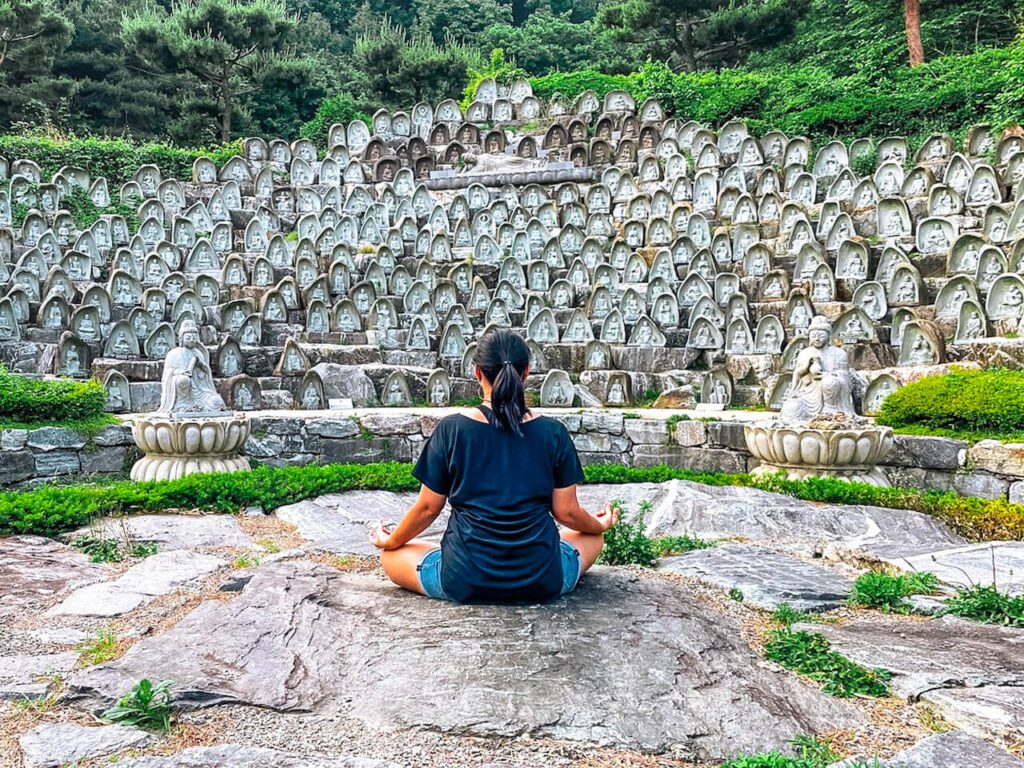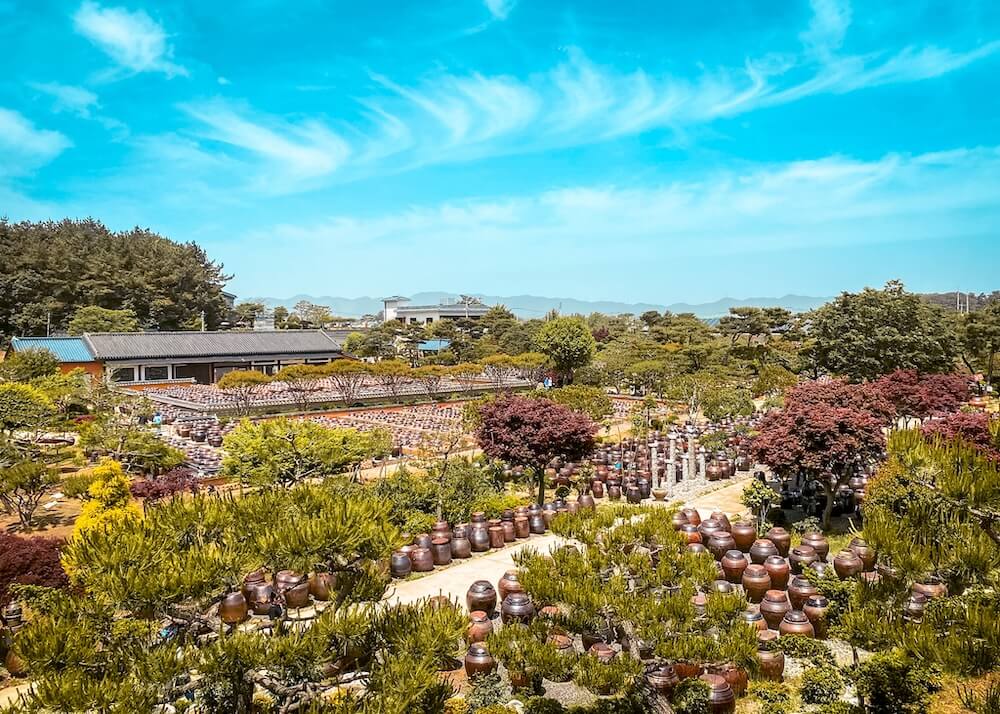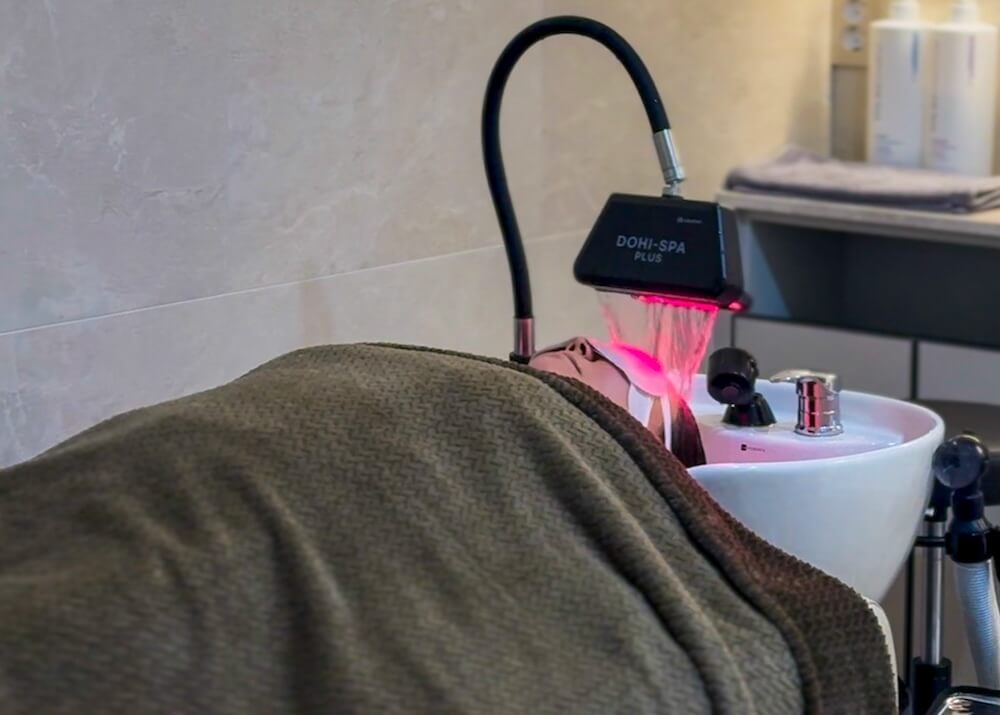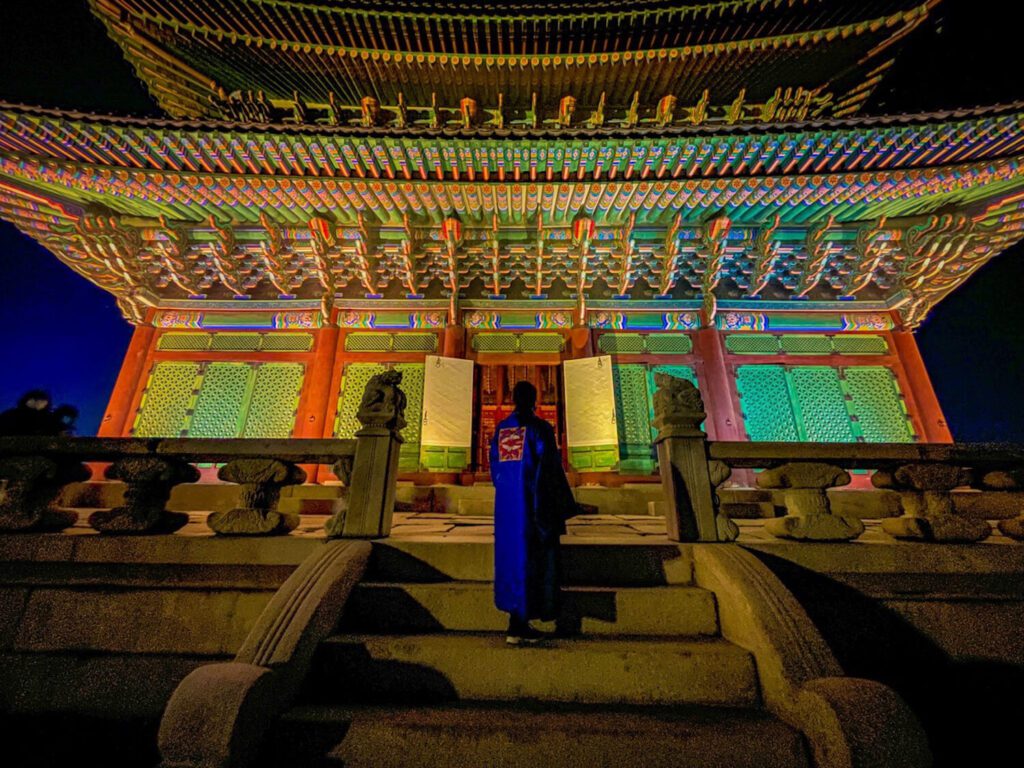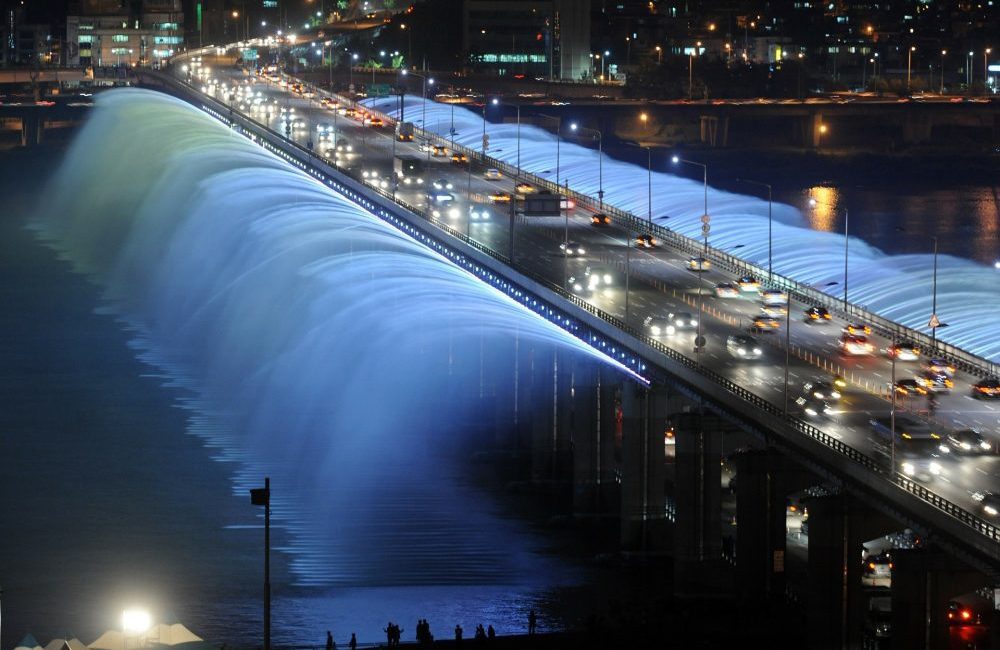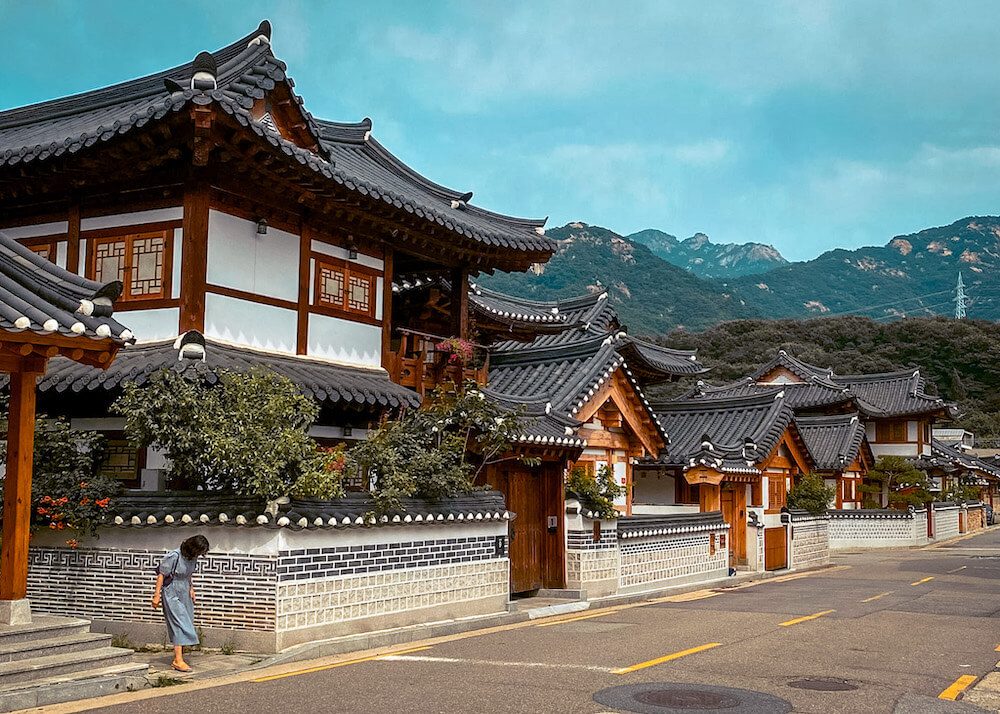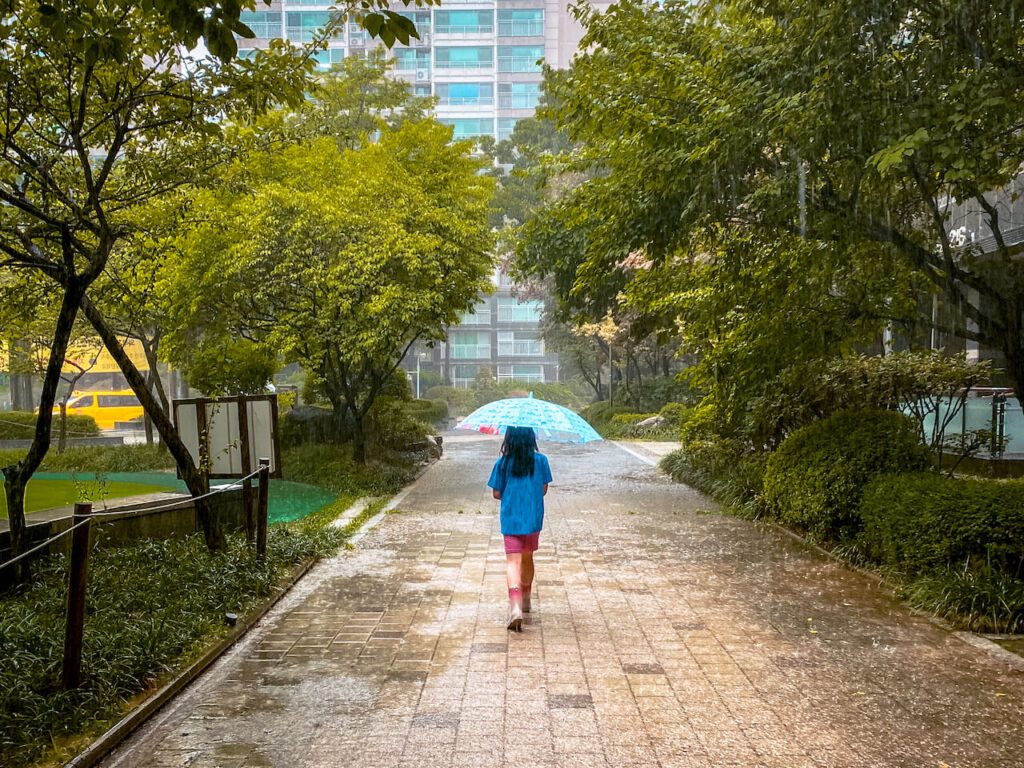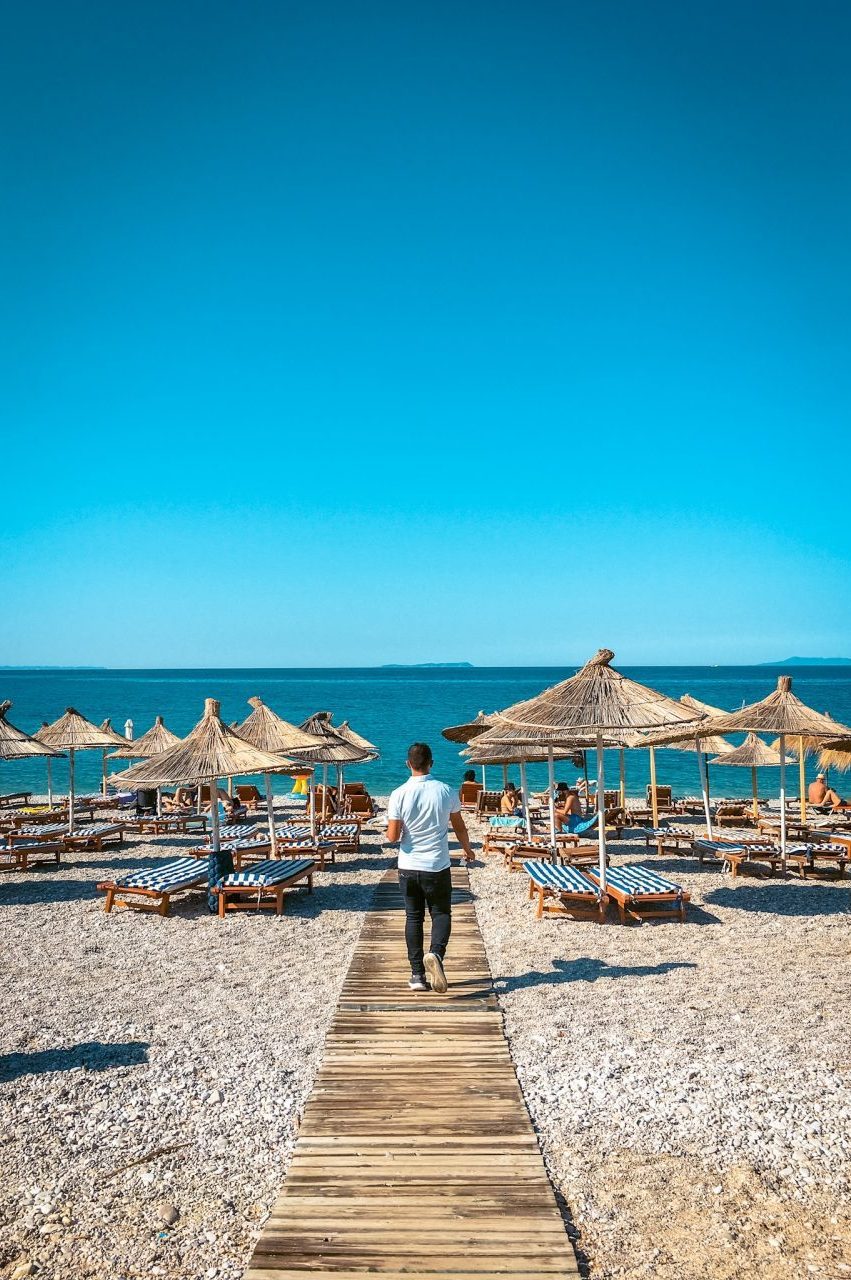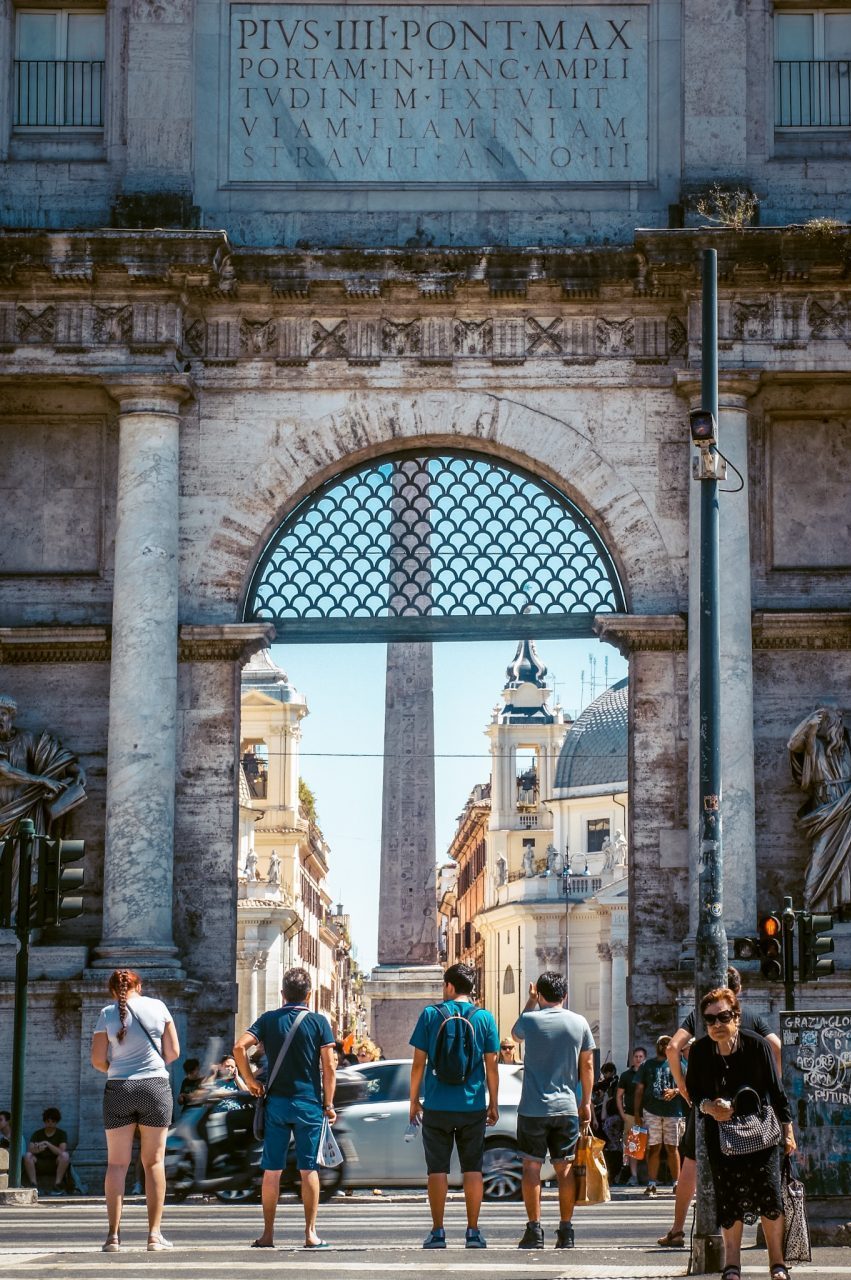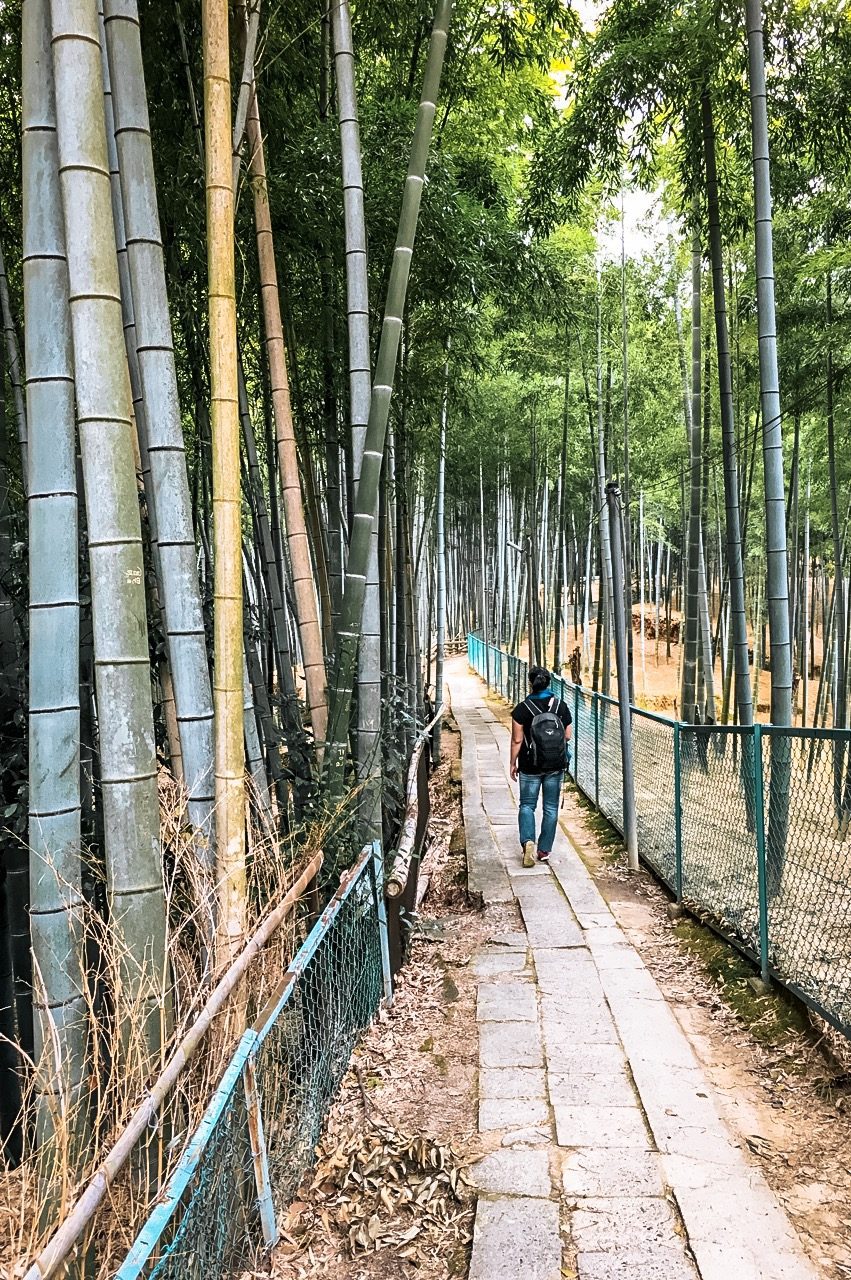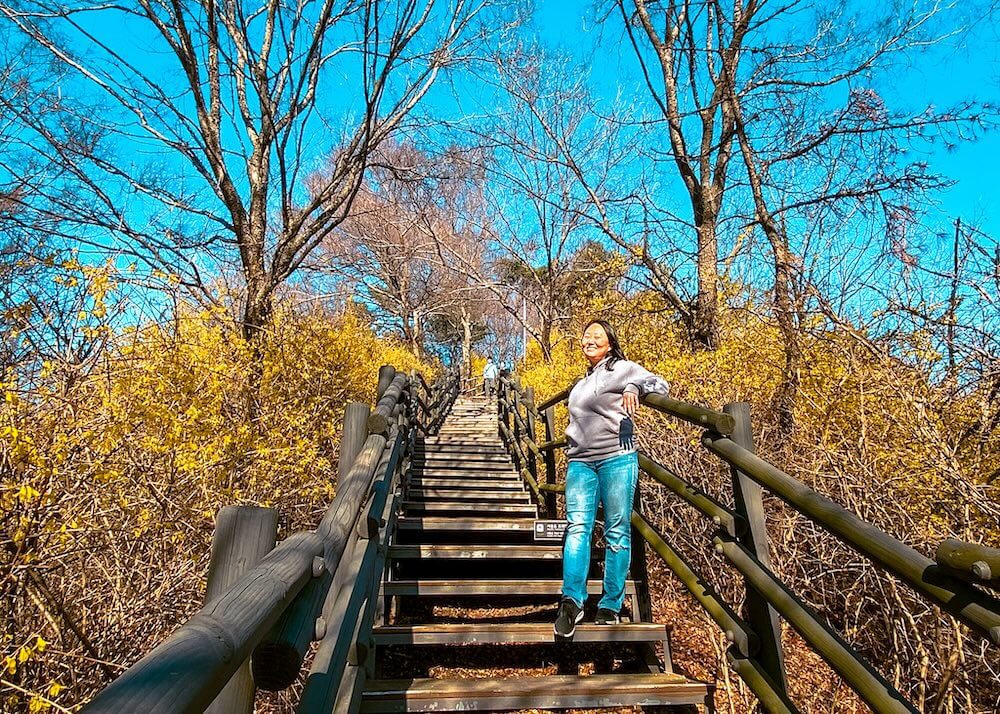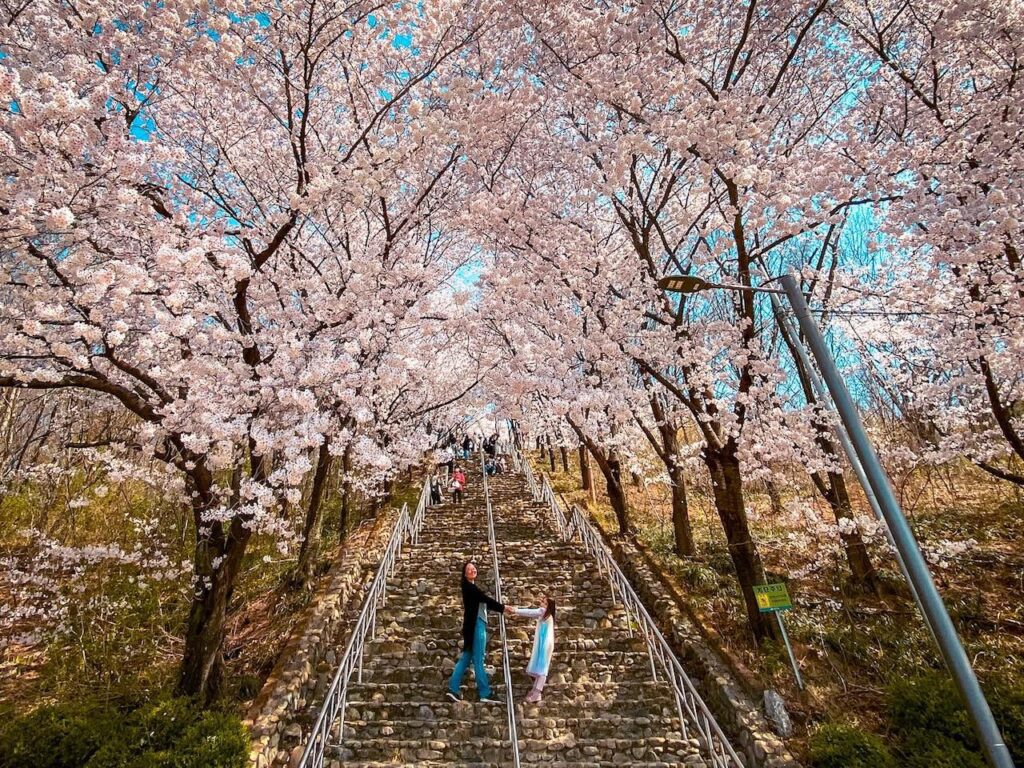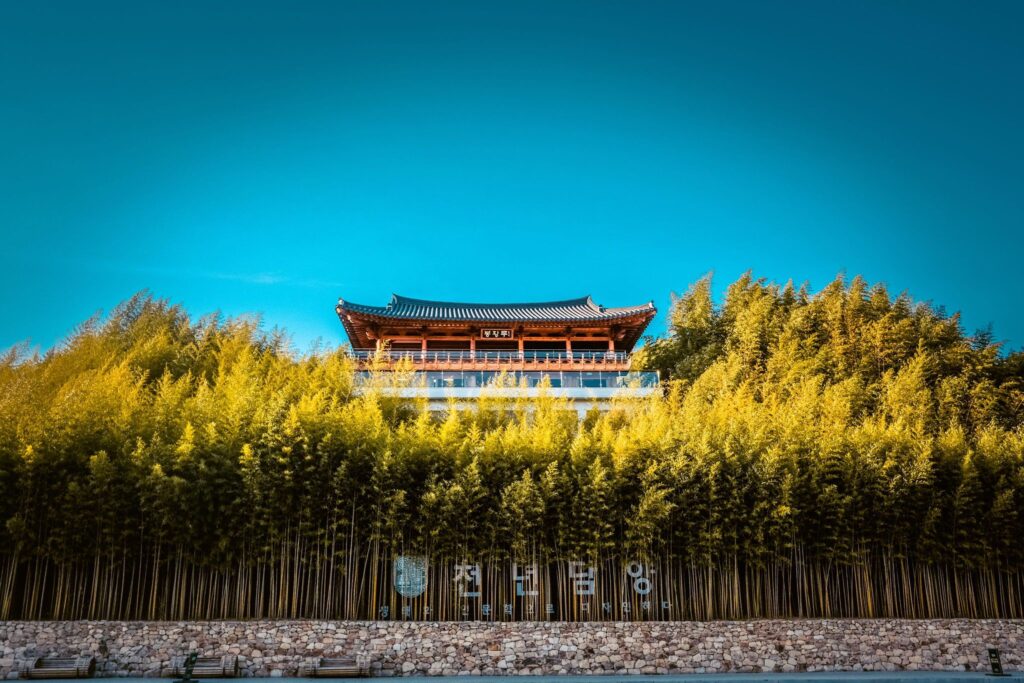If you wish to travel far and fast, travel light.
Take off all your envies, jealousies, unforgiveness, selfishness and fears.
~ Cesare Pavese
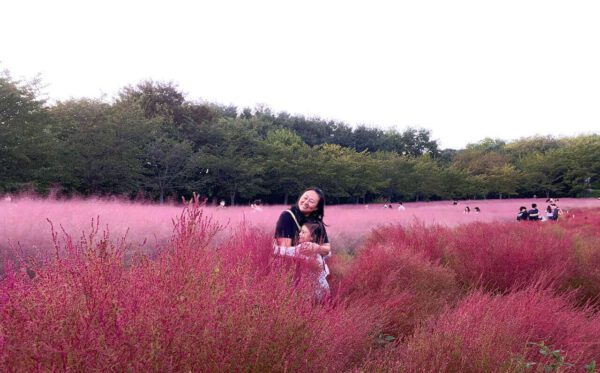
Hi! I’m Shelley, the woman behind the words.
I’m a coffee loving, cubicle hating, toddler toting introvert, who quit the grind 10 years ago… to live life on my own terms.
Traveling & living around the world has changed my life in all the very best ways. And I hope the words and images here inspire you not just to dream, but to actually set forth on an adventure of your very own.
On my blog, you’ll find destination guides, down to earth travel advice, and way too honest info about the 61 countries I’ve visited independently so far. Follow along, comment and ask me all your burning travel-related questions. Let’s connect!
One does not discover new lands
without consenting to lose sight of the shore for a very long time.
~ Andre Gide
Spring in South Korea
Spanning the months of March, April, and May, spring in Korea is unimaginably pretty. By mid-March, plum blossoms and vibrant sansuyu signal the true start of spring. Over the next few months, cherry blossoms, tulips, magnolia, azalea, and forsythia cover Korea from top to bottom in gorgeous colours.
The weather is pretty much perfect during this time, and it’s easy to get out to explore the many spring festivals, events, and activities on offer in Seoul and beyond. See the Jinhae Cherry Blossom Festival and Lotus Lantern Festival and Parade if the timing is right. These are some of Korea’s best and biggest festivals of the year.
Best time to visit Korea in spring?
The first spring flowers start appearing in places like Jeju Island, Gwangyang, and Gurye from mid-March onwards. If cherry blossoms are your thing, head to Korea in the last week of March, and first weeks of April. Want to attend epic lantern festivals in Seoul and Busan? Time your visit for the last weekend of April, and into May.
Best Spring Tours in Korea for 2025
Spring in Korea is positively alive with colour and wonderful things to do. Here are the tours and day trips I personally recommend for experiencing the best of spring in Seoul and beyond.
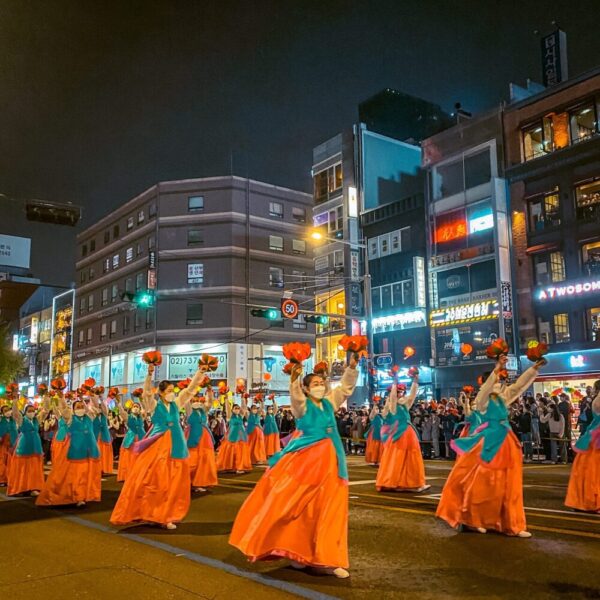
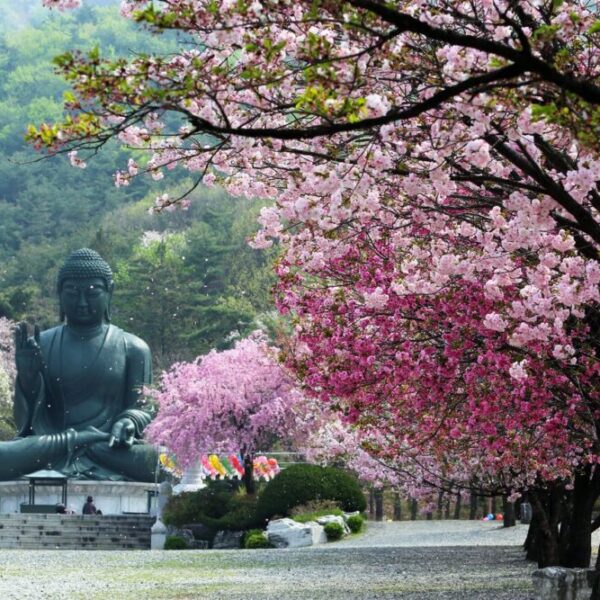
- Gwangyang Maehwa & Jeonju Hanok Village Tour | March 10th – 21st, 2025
- Spring Flowers + King Cherry Blossoms at Hwaseong Fortress | March 18th – April 24th, 2025
- Jeonju Hanok Village + Spring Flower Festivals | March 18th – April 25th, 2025
- Seoul Seasonal Hot Attractions Tour | March 18th – May 13th, 2025
- Jinhae Cherry Blossom Festival Tour from Seoul or Busan | March 22nd – April 6th, 2025
- Haeundae Sky Capsule + Cherry Blossom Hunting in Busan | March 25th – April 7th, 2025
- Gyeongju Cherry Blossom Tour from Busan | March 28th – April 7th, 2025
- Chasing Cherry Blossoms in Seoul | April 2nd – April 13th, 2025
- Taean Tulip Festival + Strawberry Picking Experience | April 11th – May 4th, 2025
- King Cherry Blossom Tour from Seoul | April 14th – 24th, 2025


